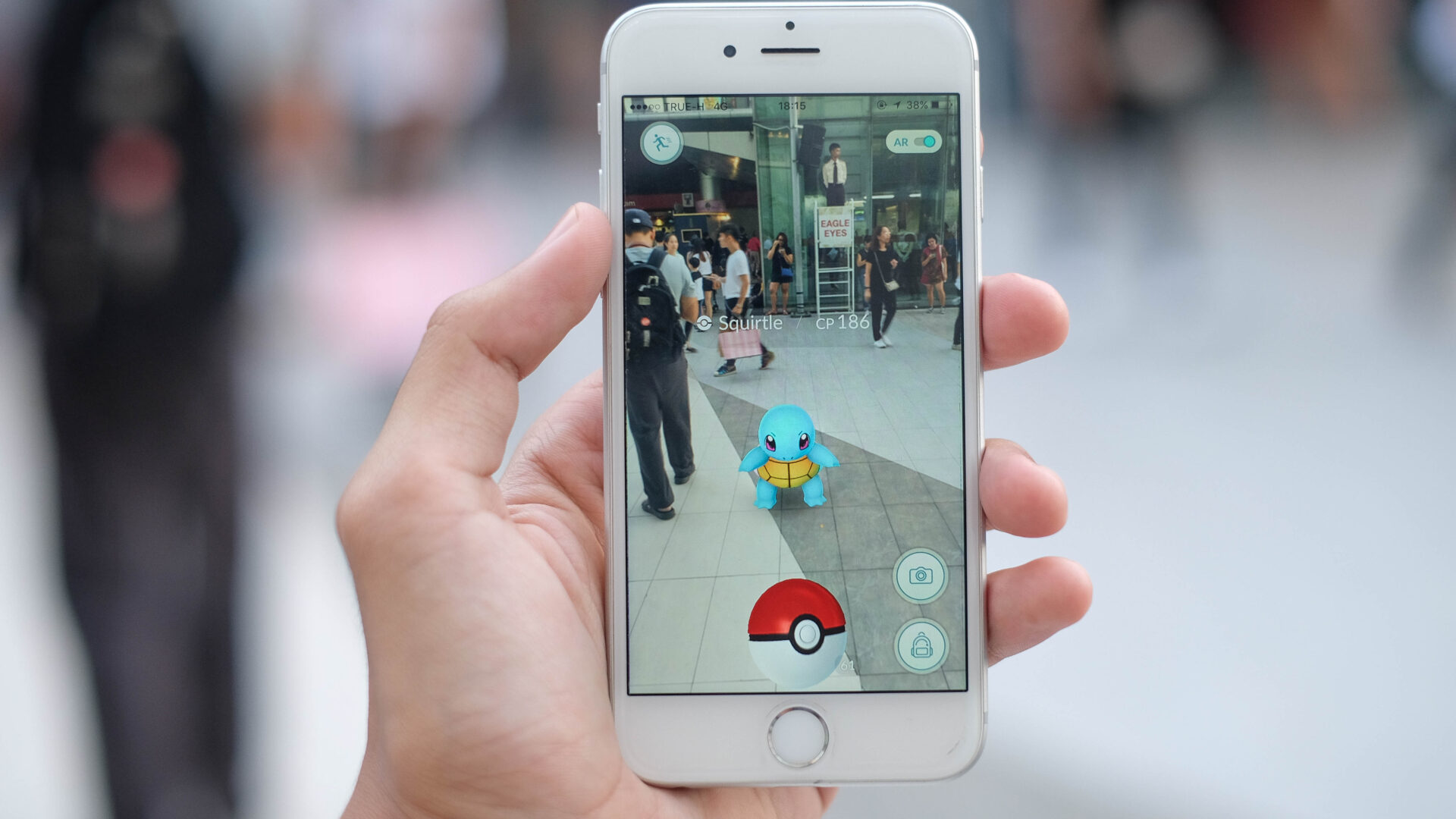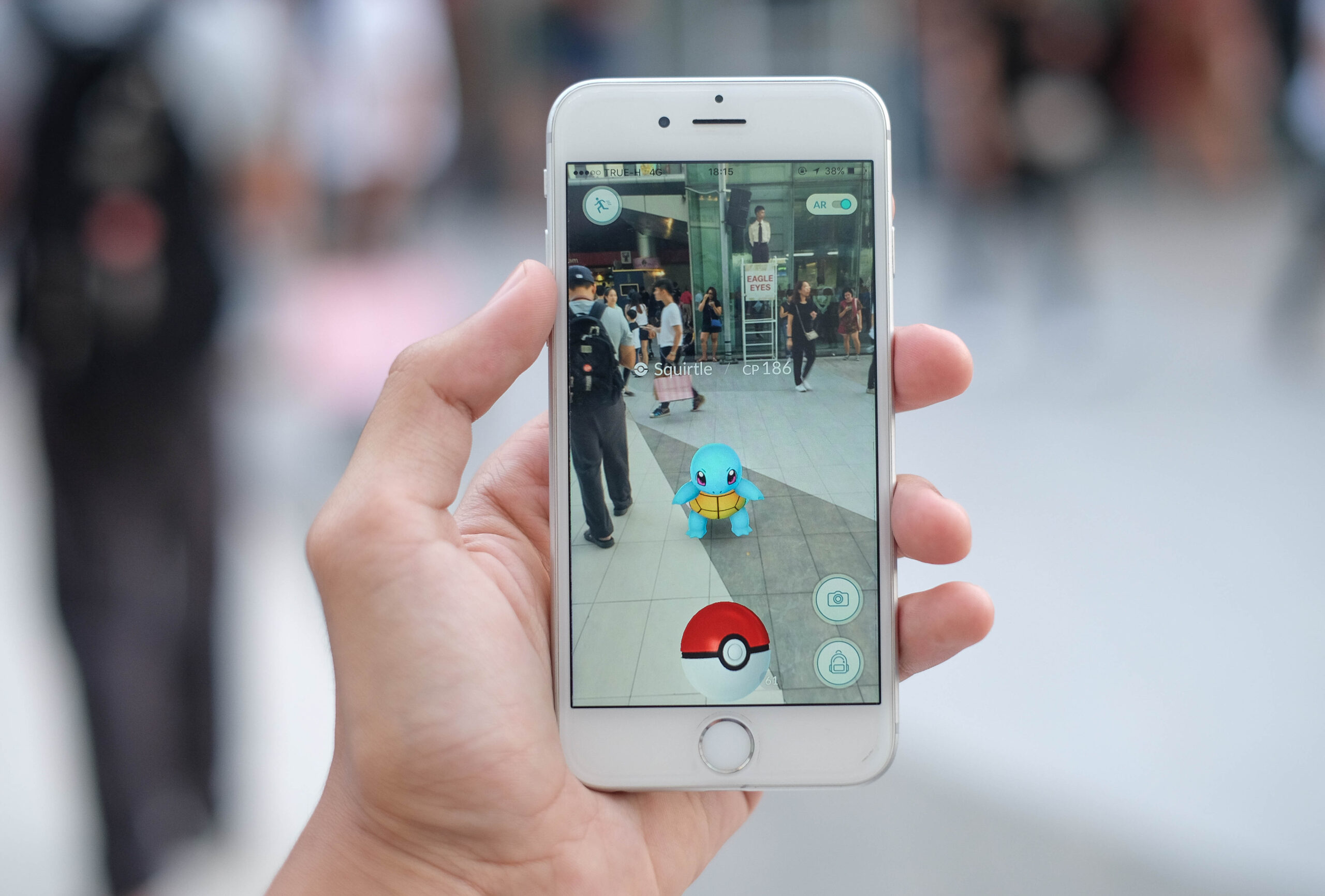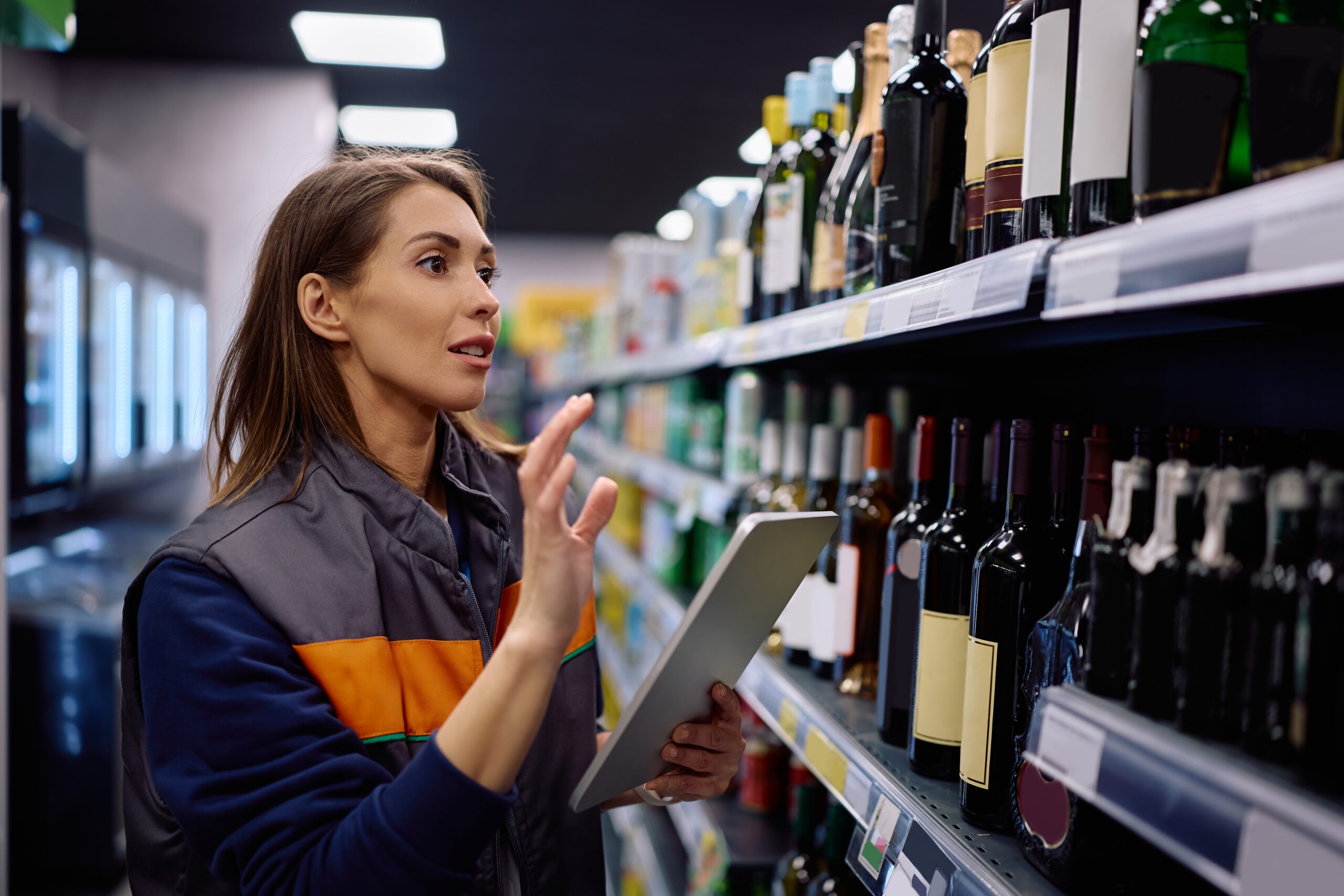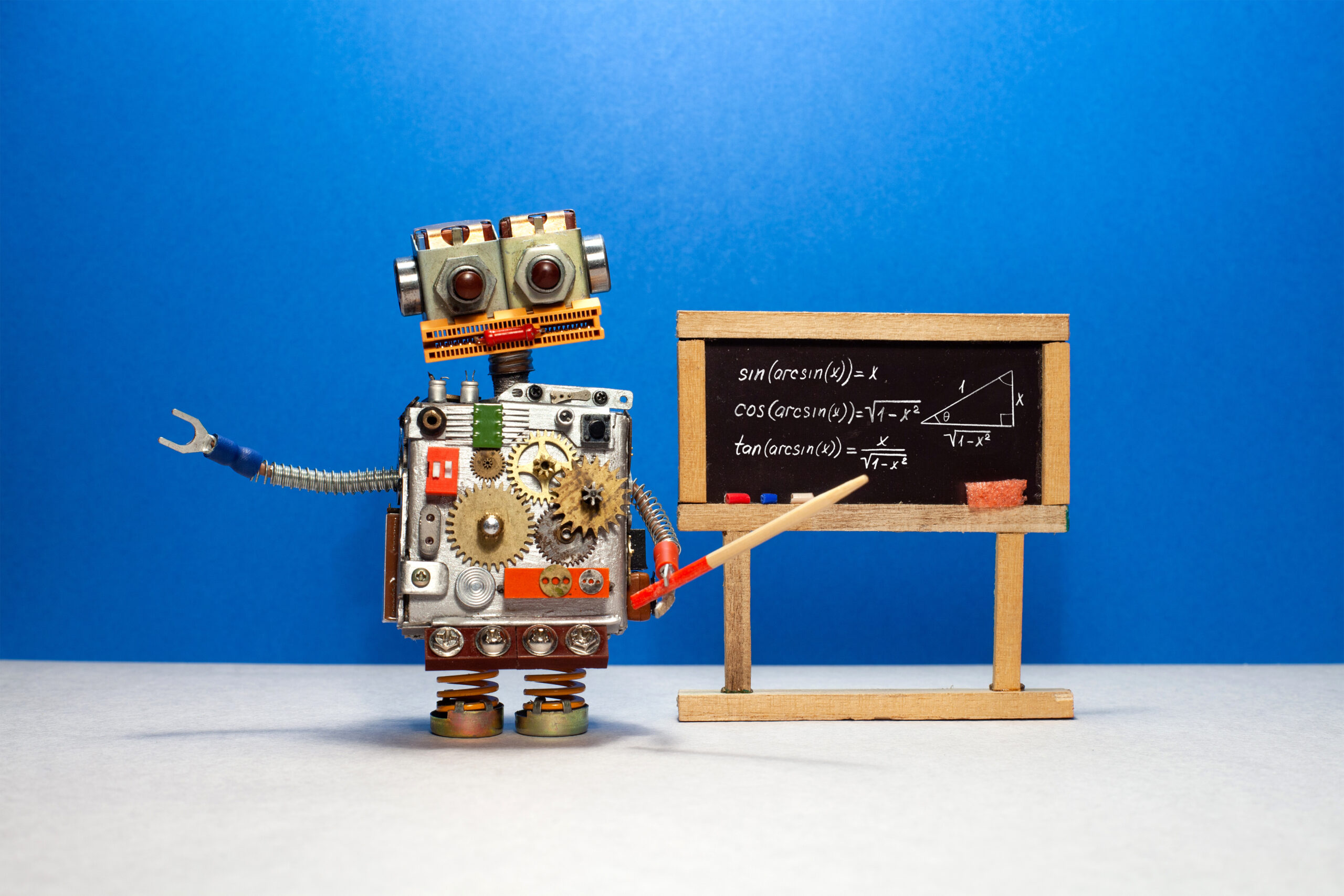Do you remember seeing people exploring their neighborhoods, smartphone in hand, chasing virtual creatures in Pokémon Go? Or maybe you’ve experienced the magic of a VR headset that plunged you into a whole new universe? If these adventures ring a bell, you’ve already tasted some of the excitement of extended reality. But what is extended reality, exactly?
Extended reality (XR) is an emerging technology poised to transform many industries, including healthcare, real estate, and retail. XR refers to immersive digital experiences that blend the physical and virtual worlds. This umbrella term encompasses augmented reality (AR), virtual reality (VR), and mixed reality (MR).
Yet XR is so much more than just video games and fun walk-throughs. From virtual try-ons to interactive in-store displays, these technologies are creating more personalized, memorable shopping journeys. For retailers, XR enables new digital avenues for engaging and converting customers, and more efficient workflows.
As leaders in immersive retail technology, InContext helps brands imagine, implement, and scale XR strategies for real-world results. In this blog post, we’ll break down the essentials of extended reality, explore its applications in retail, share examples from our work and the broader market, and review the challenges and future outlook for this transformative technology. Let’s examine the promise of XR for modern retailers seeking to meet rising customer expectations.
Extended Reality Explained
Extended reality integrates real and virtual environments, creating immersive digital experiences. In retail, XR allows customers to try on clothes, view 3D product models, and explore interactive in-store displays virtually. These technologies are transforming traditional brick-and-mortar and e-commerce models.
If you’ve heard terms like AR, VR, and MR being thrown around but aren’t exactly sure what they mean, don’t worry! These seemingly complex terms are relatively simple to understand and come together to form XR.
Virtual reality (VR)
When it comes to VR, most people report the feeling of being transported to an entirely different place. Head-mounted displays such as Meta Quest fully immerse users in a computer-generated three-dimensional environment and shut out the physical world; hand controllers allow participants to interact with their virtual environment.
VR is especially popular for gaming, simulations, and training. Those aren’t the only industries benefiting from the technology, however. In retail, VR allows potential buyers to explore products and experience services within simulated settings from any corner of the world. Imagine having customers “walk around” your grocery store to try a new layout without leaving their homes!
Augmented reality (AR)
Let’s return to the Pokémon Go phenomenon. Within a week of its release, public spaces were flooded with people trying to “catch” virtual creatures overlaid onto the real world through smartphone screens. This craze gave everybody a firsthand experience with AR and continues to be popular today, demonstrating the ability to seamlessly blend digital objects with a real-world environment.
Augmented reality’s ability to superimpose digital information and objects onto the physical world is exciting in and of itself. What makes AR even more impressive is that it can work using nothing but a mobile device with a camera.
From a retail perspective, AR opens new doors for creating immersive customer experiences without requiring individuals to be physically present within a store. It’s perfect when consumers want to see how a coffee table would look in their living room before making a purchase or whether a particular shade of lipstick suits their skin tone without trying it on. IKEA, Sephora, and Target are just a few of the retailers that have implemented AR apps and technology to help sell their products.
Mixed reality (MR)
Mixed reality seamlessly integrates real and virtual worlds so that physical and digital objects can actually interact. MR headsets such as Microsoft’s HoloLens allow users to place 3D holographic objects in physical spaces, where hand movements and eye-tracking create natural controls.
In retail, that could mean overlaying digital product information onto shelves, or letting customers move and resize a virtual couch in their living room as if it were really there. Store layouts, displays, and navigation can all become interactive experiences, giving retailers more flexibility in promotions, merchandising, and customer data.
MR often gets confused with AR, and for good reason — both blend digital content into the real world. The difference is in how those digital elements behave. AR places digital layers on top of the physical world, like Pokémon appearing on your phone screen or a lipstick filter applied to your selfie. MR goes further by letting digital objects respond to the real environment and to you: a holographic lamp can cast light on your actual desk, or a virtual product can be rotated, moved, or “placed” behind another object.
Core Technologies Powering XR
At the core of these immersive experiences are technologies such as headsets, sensors, and cameras. They work in unison with powerful software, cloud computing, and artificial intelligence to bring digital worlds to life.
Head-mounted displays like the Microsoft HoloLens or Meta VR headset can deliver visual and auditory content. These wearables have sensors to detect user movements and gestures, while the integrated software processes this data into real-time responses within the digital world. Artificial intelligence elevates XR by adding an extra layer of realism through predictive interactions. For instance, it could allow you to “have a conversation” with virtual characters or avatars.
Cloud computing is an essential backbone, providing enhanced connectivity to manage and support the vast amounts of data these experiences generate. Other technologies such as spatial mapping can scan physical environments using sensors to create a digital map that allows virtual objects to interact with real-life spaces.
Real-World Extended Reality Examples in Retail
Recognizing the potential implications of extended reality technology is one thing. Having the vision to translate it into practical applications is what separates leaders from the crowd. To understand these applications better, let’s examine real-world examples where extended reality has proven its worth.
Redefining the virtual try-on experience
Virtual try-on apps are a leading retail use case today. Using augmented reality, customers can digitally “try on” makeup, jewelry, eyewear, and clothing before buying. For example, Sephora’s Virtual Artist app lets shoppers test lipstick shades using their smartphone cameras. As they move, the lipstick overlay convincingly stays on their lips. This reduces returns and gives the confidence to buy cosmetics online.
Shoppers can also try virtual furniture in their real-world home before making a purchase. At InContext, we created AR-capable 3D model assets aiding in the launch of an AR application for a retail warehouse club. We captured more than 300 large items across numerous supplier locations in just five weeks. This included producing and delivering studio-quality photography and physical measurements to facilitate the applications.
For retailers, allowing customers to virtually try before they buy reduces the risk of product returns and customer dissatisfaction. It also enhances consumer confidence, improves overall shopping experience, and helps drive online sales. XR can even help in inventory management by reducing the number of physical samples needed in stores.
Looking ahead, virtual try-ons are becoming even more realistic with 3D avatar modeling. Companies like Perfect Corp and Snap AR are pushing the boundaries by enabling shoppers to create personalized digital avatars that mirror their body shape, skin tone, and style. Clothing and accessories can then be realistically overlaid from all angles, offering a truer sense of fit and look. This level of personalization and realism will further elevate the virtual try-on experience, giving customers even more confidence in their purchase decisions.
Exciting Augmented Navigation
Augmented navigation is one of the most practical and recognizable forms of extended reality. In 2025, it’s most commonly featured in large shopping malls, where AR wayfinding apps let visitors follow digital arrows and overlays to stores, dining, or events—streamlining the shopping experience, surfacing flash sales, and even showing accessible or quiet routes. This tech projects interactive guidance and real-time information right onto the shopper’s physical view, making navigation easier and more engaging than ever.
While detailed product-level in-aisle navigation remains an emerging innovation, AR-powered wayfinding is now a live feature in top malls and public spaces, providing intuitive, personalized shopping experiences and helping retailers improve operational insights.
Interactive product visualization
Extended reality is transforming how shoppers interact with products before they buy. Rather than relying on static photos, customers can now view items in 3D, rotate them, and even place them into real-world environments through AR apps. This deeper interaction helps shoppers understand scale, features, and functionality in ways that reduce hesitation and build confidence.
CPG brands are already experimenting with AR-enhanced packaging. By scanning a product label with their phone, shoppers can unlock immersive storytelling—like how an item was sourced, recipe ideas, or sustainability credentials. This added transparency doesn’t just make the product more engaging; it strengthens trust at the shelf.
In fashion and apparel, XR is being used for visualization as well. Retailers are building digital showrooms where customers can see how a jacket drapes or how a handbag looks in different colors, all before purchasing. Increasingly, features like 360-degree product views—such as the ones we offer at InContext—let shoppers rotate, zoom, and explore every angle of a product online, closely replicating the in-store experience. These experiences help bridge the gap between online shopping and in-store try-ons, reducing uncertainty and supporting higher conversion rates.
For retailers, the benefit is clear: interactive visualization gives customers more reasons to choose their product, while offering brands valuable insights into which features or variations attract the most attention.
Virtual store tours
Extended reality makes it possible to create highly realistic digital replicas of retail spaces—essentially virtual store tours. With VR headsets or even web-based platforms, shoppers can “walk” through an entire store without leaving home. They can explore aisles, view endcaps, check promotions, and even build shopping lists in advance. Retailers in various sectors have piloted these approaches, offering shoppers immersive previews of remodels, layouts, and featured assortments before committing to a purchase.
These digital tours aren’t just about convenience; they also deliver powerful insights for retailers. By analyzing where shoppers pause, what products they engage with, and how they move through a virtual store, teams can make smarter decisions about layouts, displays, and merchandising. Multiple studies show that consumer behavior in virtual environments is predictive of in-store actions, helping retailers validate ideas quickly and at lower cost than traditional pilots.
At InContext, we build and test store simulations, giving retailers a way to gather insights faster and more affordably than real-world pilots. Virtual store tours provide the best of both worlds: an engaging preview for customers and a data-rich testing ground for brands.
Mixed Reality Marketing Campaigns
Mixed reality is opening new creative possibilities for retail marketing. Recent years have seen leading brands launch AR and MR campaigns that drive fun, foot traffic, and shareable digital content, moving well beyond simple social filters.
For example, Nike’s Victory Mode Paris AR Competition during the 2024 Olympics turned the city into a giant AR playground. Using Snapchat’s AR Lens, users were guided by digital wayfinding, took part in city-wide scavenger hunts, and competed in pop-up sports challenges, all tracked via live leaderboards. The campaign drove deep youth engagement across physical and retail spaces and demonstrated the scale of citywide AR marketing.
Coca-Cola’s AR Vending Machine campaign let shoppers interact with an AR-powered vending machine using Snapchat’s Camera Kit. Shoppers could virtually try on limited-edition merchandise, unlock digital experiences with gestures, and share content for rewards. This campaign resulted in average engagement times 15x longer than traditional vending experiences and made the brand go viral.
Other innovative examples include Sephora’s Ramadan Souq AR shopping journey, which combined AR lenses, in-store pop-ups, and influencer content to drive awareness, purchase intent, and cart lifts during a competitive gifting season. Integration of AR scavenger hunts, instant reward redemptions, and interactive window displays are also becoming standard for seasonal retail campaigns.
Interactive overlays, gamified brand experiences, and real-world digital treasure hunts are increasingly mainstream marketing tools, blurring the line between digital and in-store engagement and creating memorable moments that boost both awareness and sales.
The Key Benefits of XR Technology for Retailers
When thoughtfully implemented, extended reality doesn’t just add a “wow” factor to shopping—it delivers substantial, measurable advantages across the entire retail value chain. As technology adoption accelerates in 2025, XR is rapidly proving its power to reshape how brands connect with shoppers, optimize operations, and stand out in a crowded market.
Here are some of the most important benefits retailers are already seeing:
- More engaging, interactive shopping experiences that resonate emotionally with customers.
- Higher conversion rates and sales lifts from virtual try-ons and interactive previews.
- Lower return rates due to customers better assessing product fit and visualizing items in context.
- More efficient inventory planning using simulations of customer behavior.
- Enhanced brand loyalty and advocacy by delivering memorable VR experiences.
- Valuable customer data and insights on product interests that inform merchandising.
- Increased accessibility for customers with disabilities or mobility challenges.
As technology matures, XR will become integral to delivering personalized, frictionless shopping journeys that bridge digital and physical channels.
Let’s Build Your XR Future—Connect with InContext Today
Extended reality represents the next major innovation for progressive retailers looking to engage customers in more memorable and personalized ways. By blending physical and digital environments, XR enables immersive retail and e-commerce experiences not previously possible.
However, it’s important to ensure these developments are executed properly. Missteps or shortcuts could result in gimmicks that fade away as quickly as they emerge. For XR to weave its magic and thrive in the retail world, the focus needs to be on delivering tangible value for customers and retailers alike.
At InContext Solutions, we can help you navigate this exciting landscape with our proven expertise in delivering powerful AR, VR, and XR solutions for businesses. Contact us today, and let’s explore how we can bring your retail experience into the future with extended reality technology.





